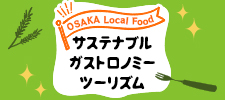Kappo cuisine

Cut the cutlet and boil it. In other words, it means cooking with knives and heating. It began to represent a style of Japanese cuisine in the mid-Taisho era. It is said that it started in Osaka.
The Japanese restaurants that flourished during the Edo period began to decline, and the Kappo style was born out of the need for more casual Japanese restaurants.
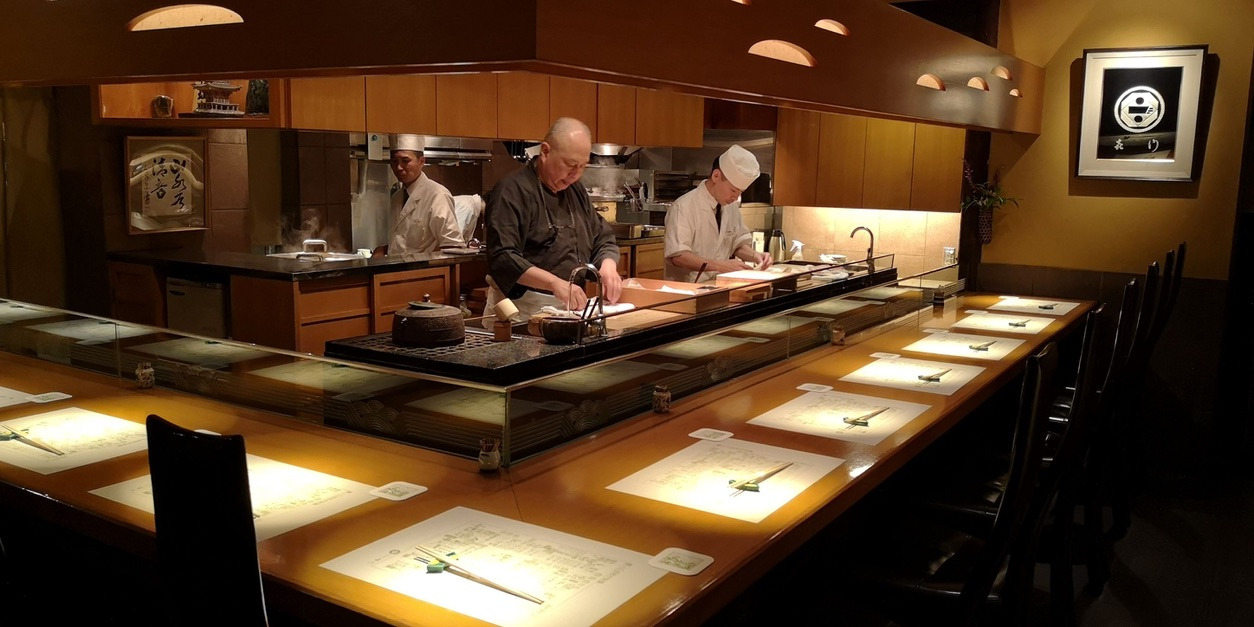
Counter seats are set up around the chef who stands in front of the cutting board, and customers are fascinated by the way they use the knives to cut the fresh fish. The smell and sound of simmering vegetables is transmitted directly to you. Until then, the cuisine was prepared in advance and prepared in advance of when the guests would arrive. On the other hand, at a Japanese restaurant, you order what you want on the spot and have it prepared right in front of you.

In traditional restaurants, the kitchen is hidden and the food is brought to you by a waiter, but in kappo restaurants, the kitchen is open, so you can enjoy the realism of the cooking process. Also, one of the pleasures is the conversation with the chef.
"What's good today?"
“Yes, the sea bream is in there.”
"If you're serious, let's make it."
``I'd like to cook the head.''
The skill of the chef is to use these conversations to tailor the dish to the customer's taste and create a masterpiece that truly stands out.
Osaka people paid attention to kappo as a new-age cuisine, and kappo restaurants became very popular. Nowadays, it can be seen not only in Japan but also overseas.
Other recommended gourmet foods
-
 Udon (I like udon)
Udon (I like udon)Osaka's udon noodles are appealing because of the harmony between the soft texture of the noodles and the gentle combination of kelp and bonito flakes.
-
 Takoyaki
TakoyakiTakoyaki is Osaka's representative fast food that can be bought at a food stall and easily eaten on a street corner. It has a surprisingly short history, and it is said that the number of stores began to increase in the town in the 1950s.
-
 Osaka sushi
Osaka sushiThe representative dish of Osaka sushi is box sushi. It is a type of ``oshizushi'' in which the ingredients are placed in a mold along with vinegared rice and pressed together.
-
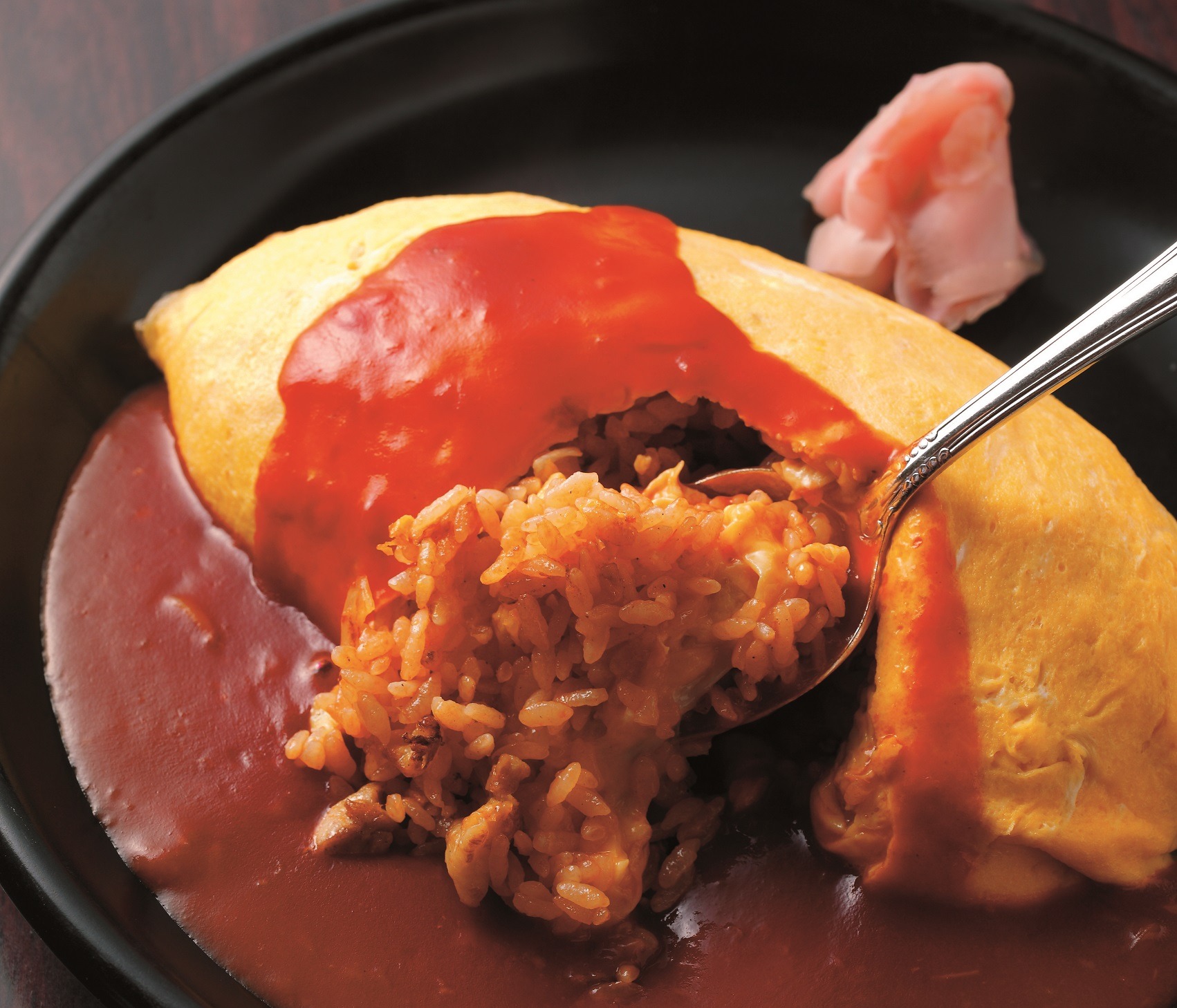 Omelette rice
Omelette riceThe owner felt sorry for his regular customers who had stomach problems and had to eat omelets and white rice every day, so when he served ketchup rice wrapped in a thinly-cooked egg, the customers were overjoyed.
-
 Okonomiyaki
OkonomiyakiAlong with takoyaki, it is a soul food for Osaka people. The same goes for dissolving the flour in the soup stock, cabbage is essential, pork is popular, and as the name okonomiyaki suggests, you can use whatever you like. Spread the dough flat on the iron plate and bake it.
-
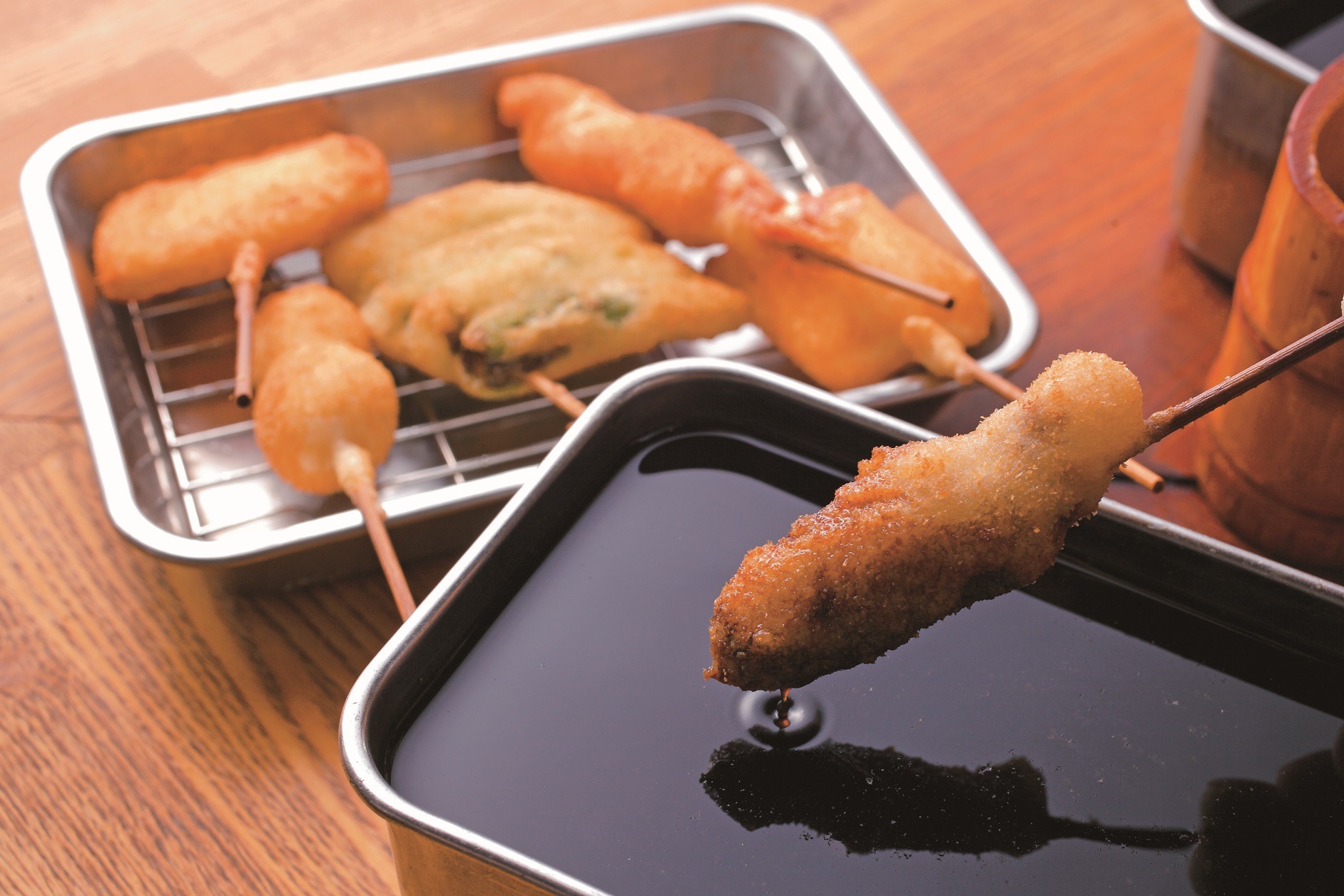 Kushikatsu
KushikatsuOsaka's kushikatsu is famous for not allowing double dipping. Meat and vegetables are threaded onto skewers, coated with water-soluble flour, coated with breadcrumbs, and fried in oil.
-
 paper pot
paper potThe mysterious paper pot also originated in Osaka. Anyone would be surprised to hear that you can set paper on fire.
-
 Conveyor belt sushi
Conveyor belt sushiSmall plates of sushi flow on a conveyor, and customers pick up the pieces they like and eat them. The casual, semi-self-service style with inexpensive and transparent checkout is easy to use for families and tourists alike, making it extremely popular.
-
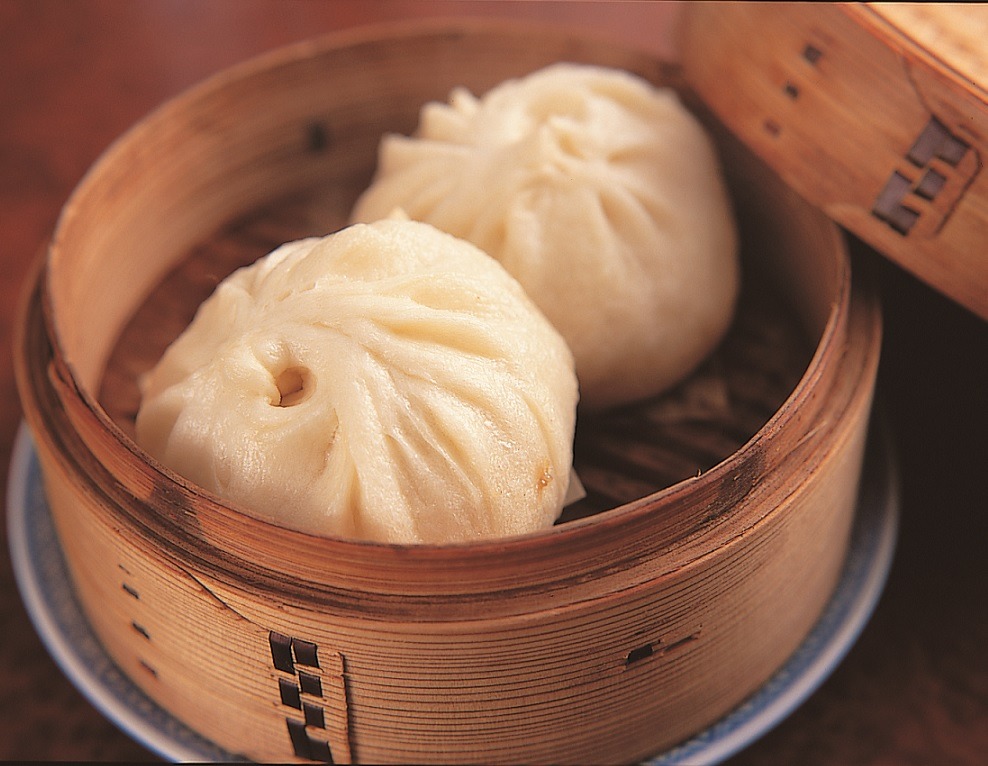 Pork bun
Pork bunAfter the Meiji Restoration, it is said that the Chinese steamed buns that were introduced to Chinatown were adapted to suit the tastes of the Japanese people.


